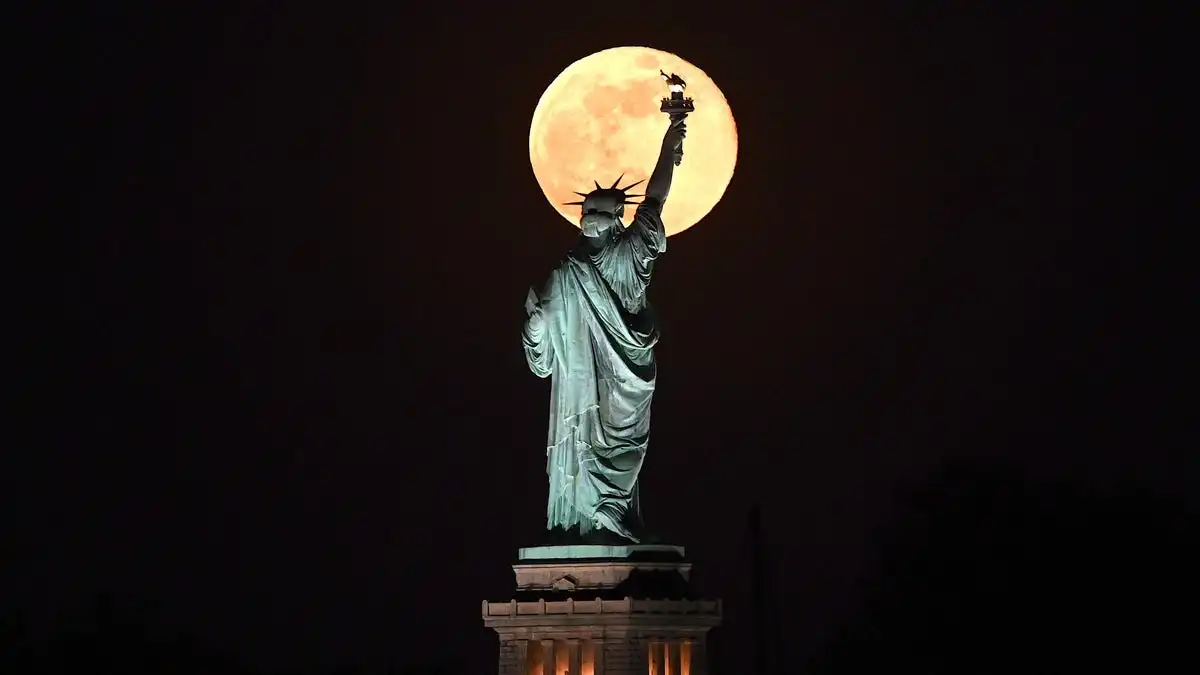May 2024 full moon rises week called flower moon
May's full "flower" moon will be visible in the United States this week, along with a lunar eclipse in other regions.
The beauty of May nights is perfect for gazing at the stars and the moon. This week, the full "flower" moon will grace the night sky over the United States. While the official full moon occurs on Thursday morning, it will appear full to our eyes from Tuesday night through early Friday evening, as reported by NASA.
This full moon marks the end of meteorological spring, transitioning as the calendar shifts from May to June, according to AccuWeather. While some parts of the world will witness a lunar eclipse this week, unfortunately, it will not be visible in the U.S. The eclipse is expected to be seen in Europe, Africa, Asia, Australia, and New Zealand, weather permitting.
Why is it called the flower moon? In spring, flowers bloom across North America, giving rise to the name of May's full moon, as explained by the Old Farmer's Almanac. Full moon names have various origins, including Native American, Colonial American, and European sources. The Algonquin people are credited with naming the full moon as the "flower moon."
Other Native American names for May's full moon include:
Where will the penumbral lunar eclipse be visible? The penumbral lunar eclipse is expected to be visible in Europe, Africa, Asia, Australia, and New Zealand, weather permitting. Unlike a total lunar eclipse, this subtle phenomenon occurs when the moon passes through the outer part of Earth's shadow, known as the penumbra.
After the flower moon comes the strawberry moon on June 21, named for the abundance of strawberries typically harvested in June. The full moon names for the rest of the year are as follows:











Comments on May 2024 full moon rises week called flower moon